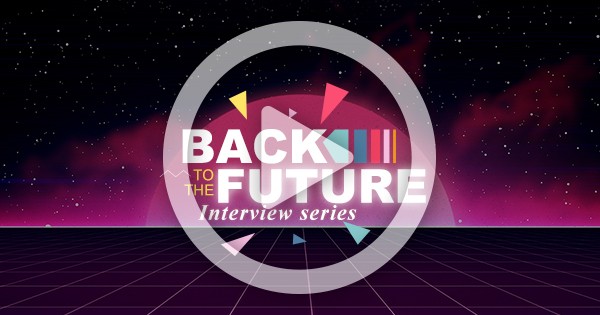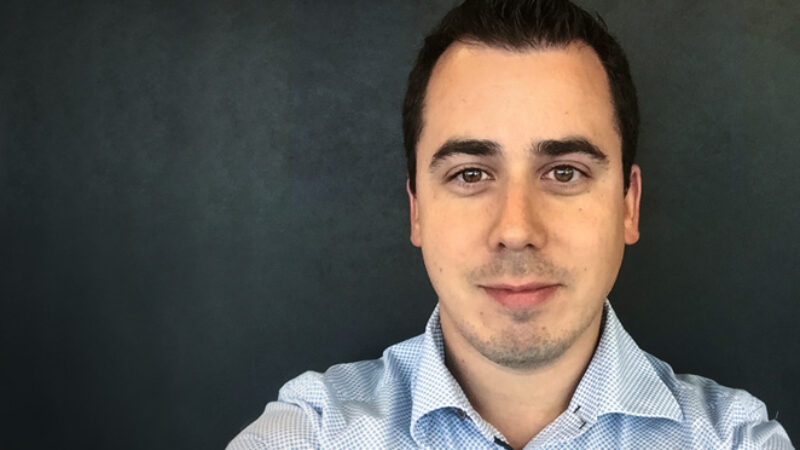Back to the Future with Jarrad Dunning (Bankwest)
Brands and consumers alike are going through times of turmoil, challenging research and insights professionals to rethink their long-established practices and approaches. What’s the impact of COVID-19 on how we organize consumer research? Is the future of market research digital only? What’s the role of DIY research activities?
We invited our clients to discuss these and other questions around the future of market research in our ‘Back to the Future’ interview series. In this interview, Matthew Jorgenson, Business Director in our Sydney office, talked about the relevance of pre-corona insights and the rise of DIY and consumer centricity with Jarrad Dunning, Head of Strategic Insights at Bankwest.
# Pre-corona data and insights are no longer relevant
Q: Are consumer insights gathered before the COVID-19 outbreak still relevant today?
“Insights from the past are incredibly valid as a benchmark. Without this, it’s impossible to gauge the extent of any shift in customers’ mindsets and behaviours. I think COVID has created a two-speed mindset when it comes to the role of research and insights. In terms of the short game, it’s critical that businesses are sufficiently agile to making timely decisions as the crisis is unfolding. Therefore, there is an increased appetite to keep on top of how customers’ attitudes, needs and behaviour are changing. That is why, we have updated and refreshed our ‘insight packs’ which we send out on a daily basis, and if not daily then weekly, to the teams. At the same time, businesses also need to plan for the longer game, but this is creating more debate and uncertainty. More specifically about if or when previous research is still valid, and if not, when is the right time to undertake further research.
The pandemic forced us to prioritize our efforts – trying to strike a balance in this two-speed mindset – but also made us experience an unprecedented alignment across different parts of the business in trying to solve things together. Everyone quickly realized individual priorities were minor in the bigger picture; instead we needed to gravitate and support each other around a common challenge. I think that’s enabled us to quickly prioritize across teams and effectively triangulate consumer insights with our own internal data. Combining the consumer lens with our internal lens allowed us to take a much more holistic view on what our priorities need to be and where the focus should be. The key question we’re asking ourselves now, is how we can bottle that effective and seamless collaboration and make it our new norm. We don’t want to go back to old patterns, where we work in silos, potentially going off on different tangents.”
# The rise of consumer centricity and DIY
Q: With multi-disciplinary teams working around consumer insights, putting the consumer more centrally, is the rise of DIY solutions coming more to the forefront?
“For quite some time, we have been focusing on the idea of customer obsession, drawing customer needs and outcomes into our every-day decisions. As a result, there is an increased appetite from many parts of the business – also those who are usually not customer-facing – to have greater exposure to customers so they can understand the impact of the decisions they make in the back end. Especially when it comes to service design and UX: many professionals want to become much more hands-on when it comes to speaking to customers, learning from customers and using their own styles of research to get to the insights they need. But the challenge is to try and channel that appetite, to create tools, templates and frameworks, so that it’s being done effectively. In my view, marketing insights and research professionals need to take the lead as subject matter experts. They need to give guidance and training so that others can go out with confidence that the quality of the insights they’re getting is going to hit the mark.”
In summary, COVID introduced a two-speed mindset, as businesses need timely insights to fuel fast decision making, while at the same time, they are challenged to plan for the long run. These pandemic times spark an appetite for cross-team collaboration as well as direct connections with consumers. An important question for the future is how this enthusiasm can be channelled and managed to set up for success in the future.
Hungry for more? Stay tuned as we will release more ‘Back to the Future’ interviews in the coming weeks! Or get in touch to find out how we can guide you to get a grip on the changes impacting categories, consumers and brands across the globe.






